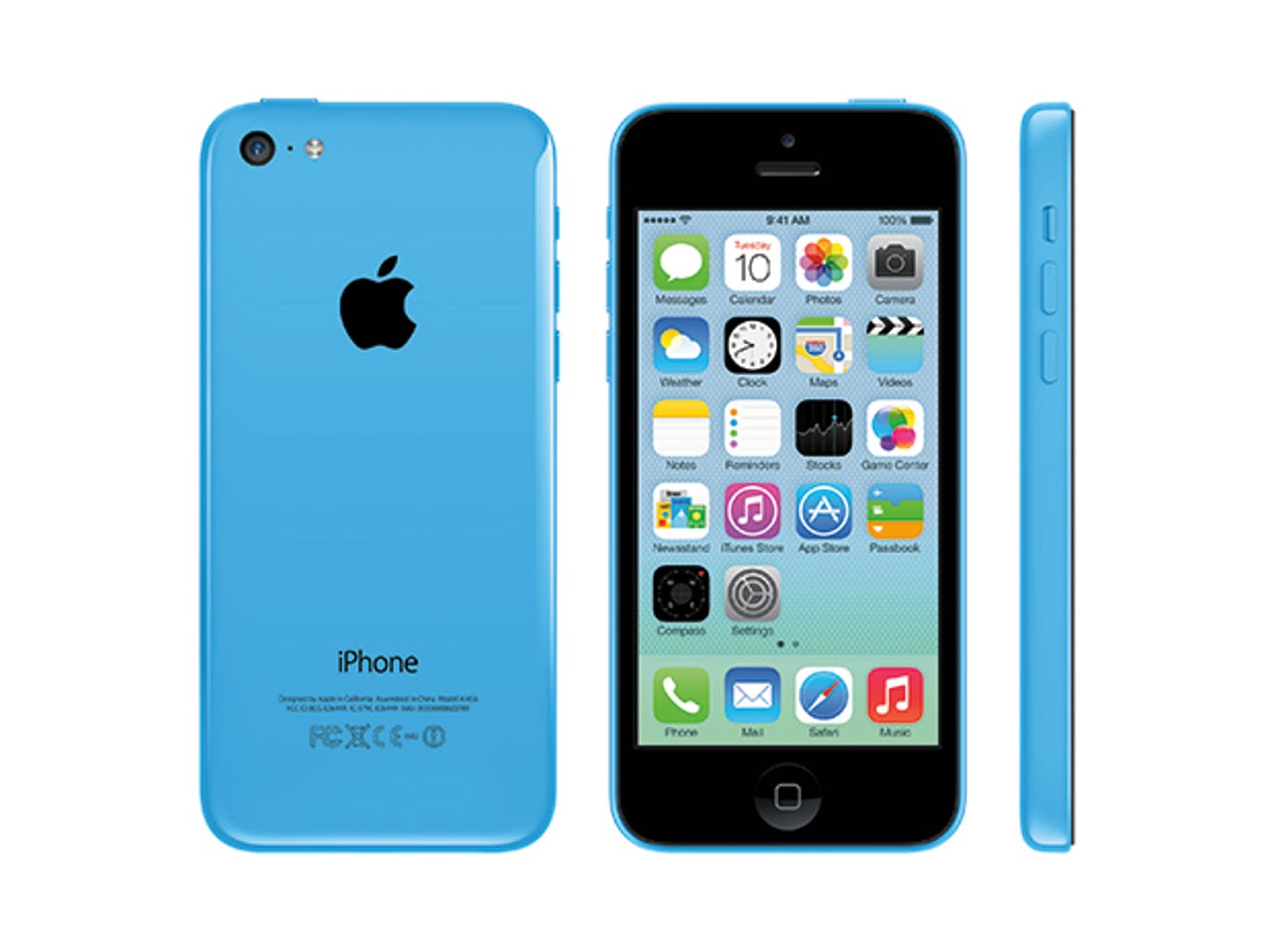Analyst: A 4-inch iPhone may soon be in Apple's future (again)


Kuo taps into Apple's supply chain partners for his insights and in his latest analyst report, he says Apple will return to the 4-inch phone market in 2016, as noted by Apple Insider.
Such a handset model would likely run on the Apple A9 chip, the silicon that powers the current iPhone 6s and 6s Plus models. Don't expect all of the same features on a new, smaller iPhone as today's iPhones though: Kuo thinks 3D Touch won't be there for a smaller handset.
Kuo thinks Apple can sell 20 to 30 million smaller, less-expensive iPhones in 2016; assuming it launches in the typical September - October time frame.
Why might an "iPhone 6c mini" -- for lack of a better name -- be a hit when the iPhone 5c was generally considered to be a miss for Apple?
While the product strategy would be similar to the cheaper iPhone 5c model that Apple introduced in 2013, there's one key difference: The iPhone 5c was the same size as the then-new iPhone 5s. For an extra $100, consumers could opt for better hardware at the time; and over the total length of ownership, that's just a few extra dollars per month.
A 4-inch iPhone in 2016, however, would cater to those who want the iOS experience but don't want it on a handset with a 4.7- or 5.5-inch screen. It would provide consumers with a little more choice and surely cost less for them to get the phone in the size they prefer.
It would also allow Apple to try again in moving down to a lower cost market.
That would lower Apple's ASP, or Average Sales Price, for iPhones as a whole, which is something the company has long tried to maintain, but even Apple knows that there are far more consumers that can afford a $400 to $450 handset than those that can spend $650 or more.
It would be a small, subtle move into the lower price tiers at a time when very capable Android devices can be had for around $400.
Featured
And if you doubt that, just look at Samsung's recent product mix.
The company's growth is coming from mid-range handsets, not from the more expensive flagship models.
If Apple were to make a 4-inch iPhone next year, it would still have models that cater to those with big budgets and big hands.
But it would also allow the company to expand into a growing market segment that wouldn't likely hurt its flagship iPhone sales.